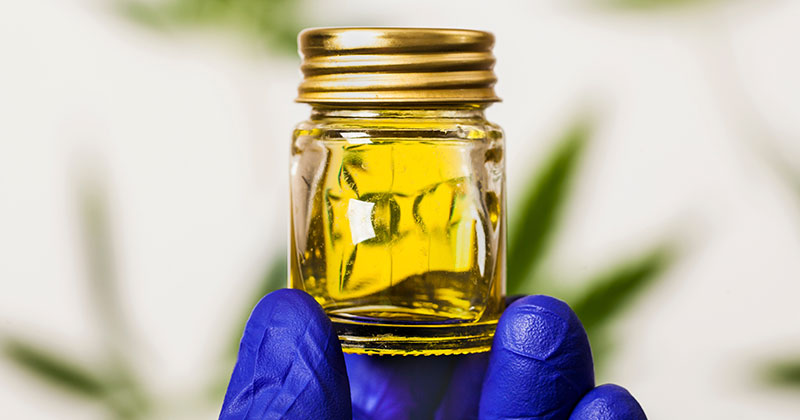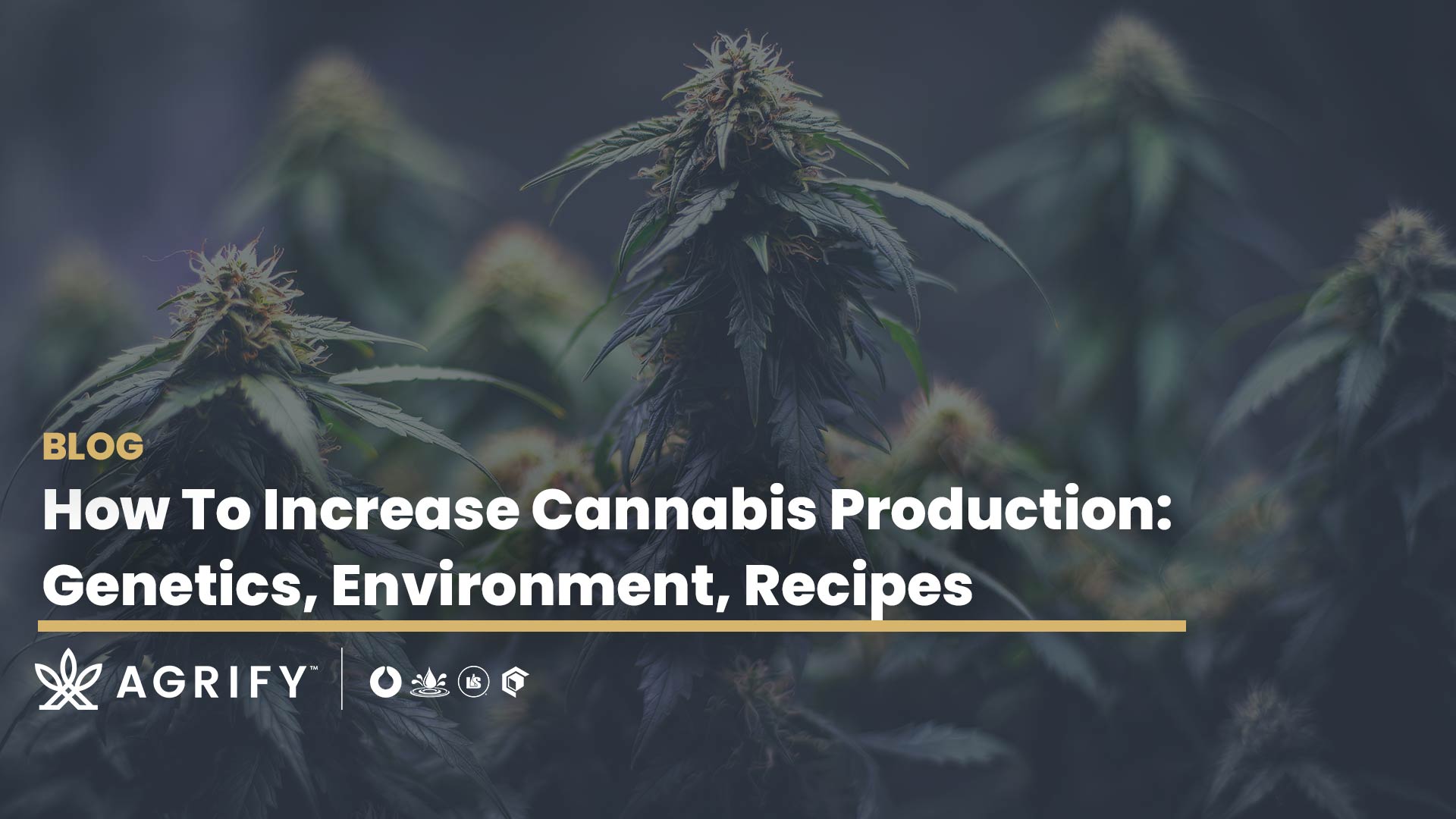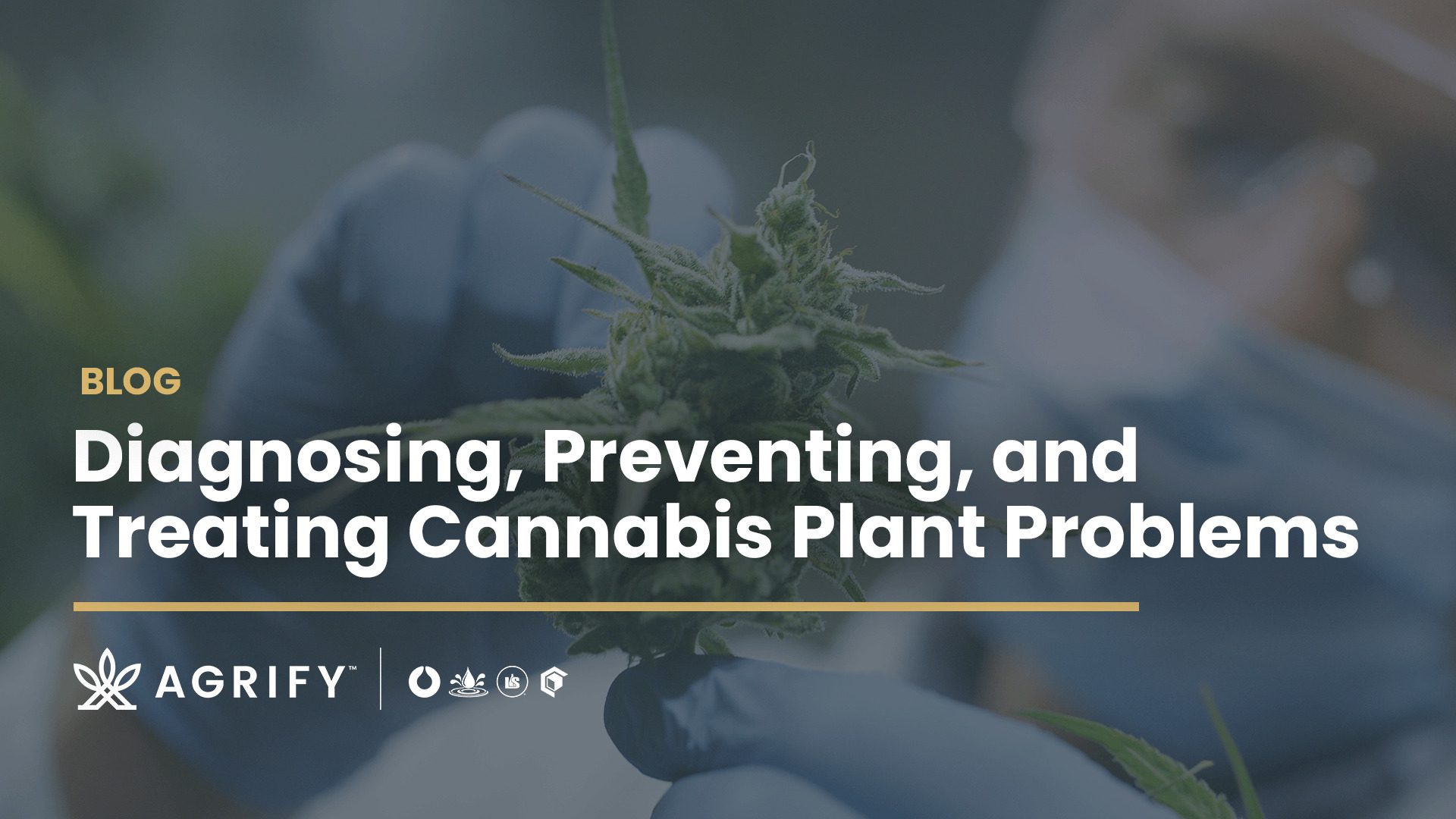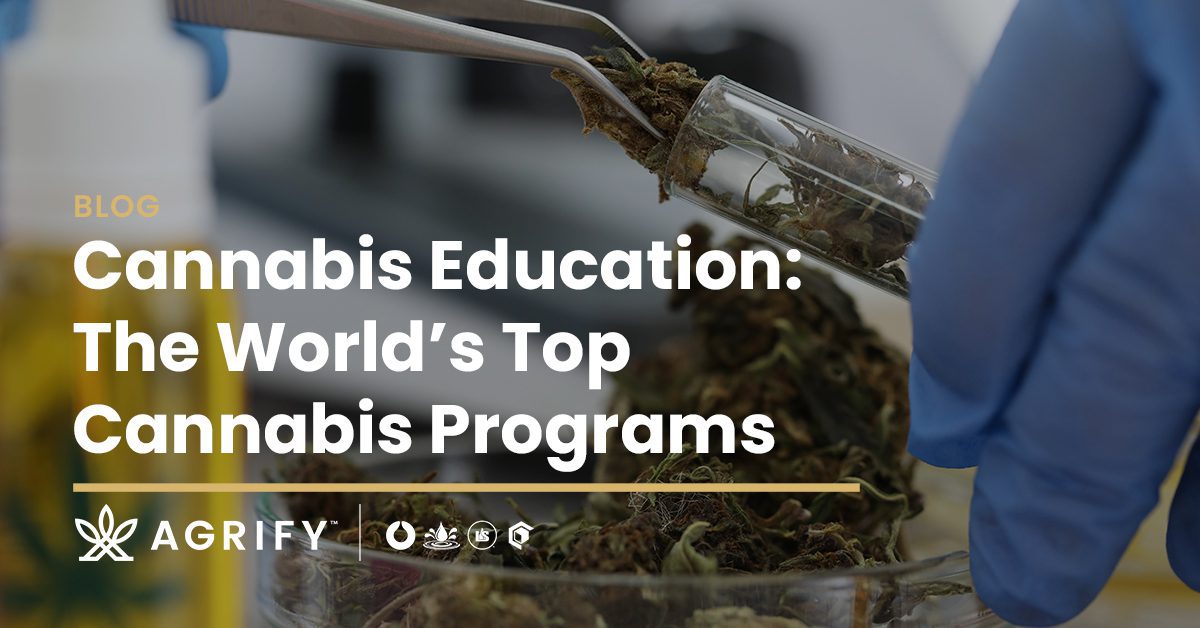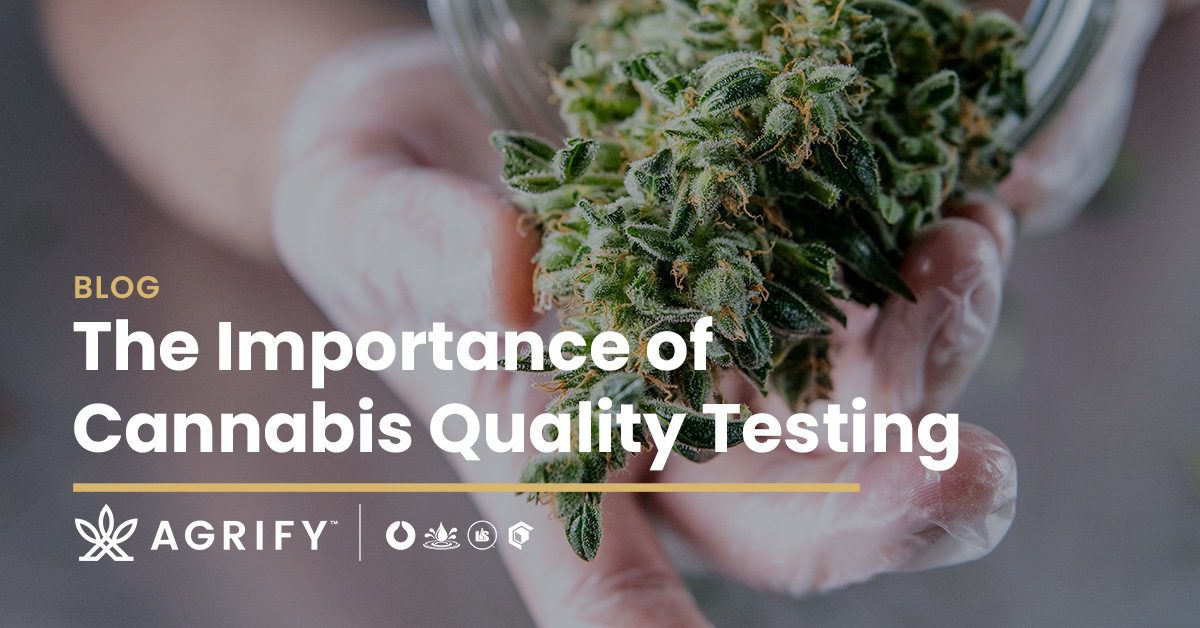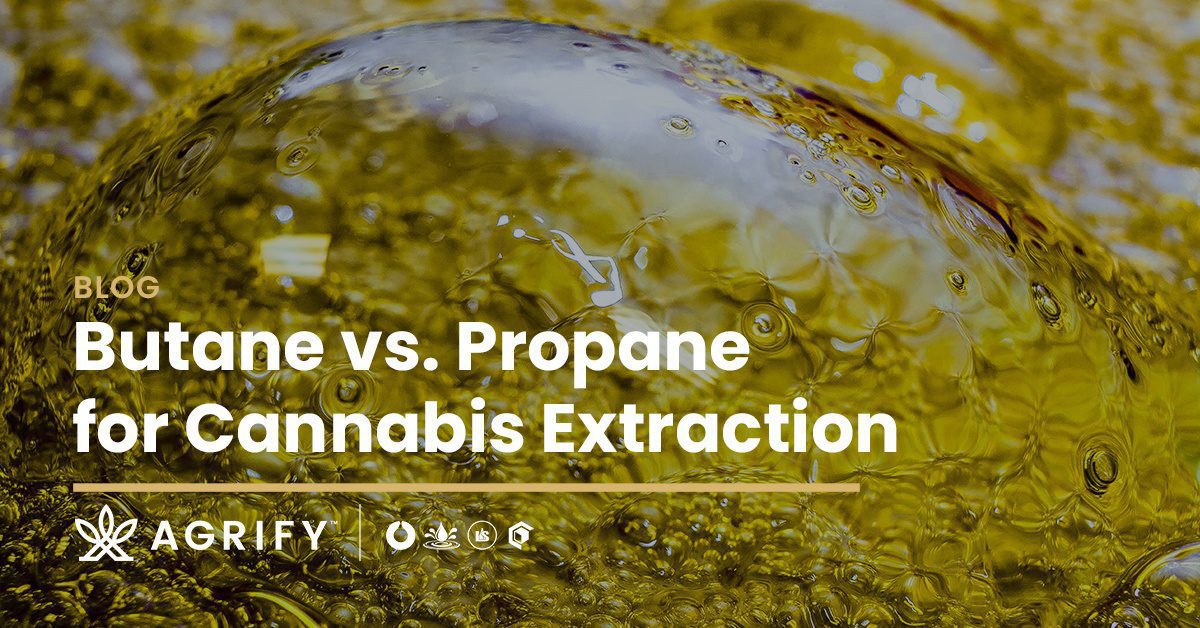What’s the difference between rosin and distillate?
Rosin and distillate are two of the hottest “new” cannabis extracts on the market. Both are renowned for being very clean, extremely potent, and connoisseur-grade. But beyond those broad qualities, rosin and distillate are vastly different—in their extraction process, in their consumption methods, and in their overall function. The main difference between distillate and rosin is that distillate is much more refined (almost into pure THC), but there’s more to the story.
An Introduction to Cannabis Distillate
Cannabis distillate is a fairly new type of extract, the result of distilling cannabinoids to a pure molecular level. High Times has referred to cannabis distillates as “post-concentrates,” and some connoisseurs refer to them as “The Pure.” When done properly, the cannabis distillation process results in a tasteless, odorless concentrate that contains between 95% and 99% pure THC.
Distillates have exciting implications for both the medicinal and recreational markets. When you have a highly potent cannabis concentrate that’s both flavorless and odorless, it’s possible to infuse THC and other beneficial cannabinoids into any number of products without leaving a bad taste in the consumer’s mouth. For this reason, distillates are already making their way into edibles, vape cartridges, and more.
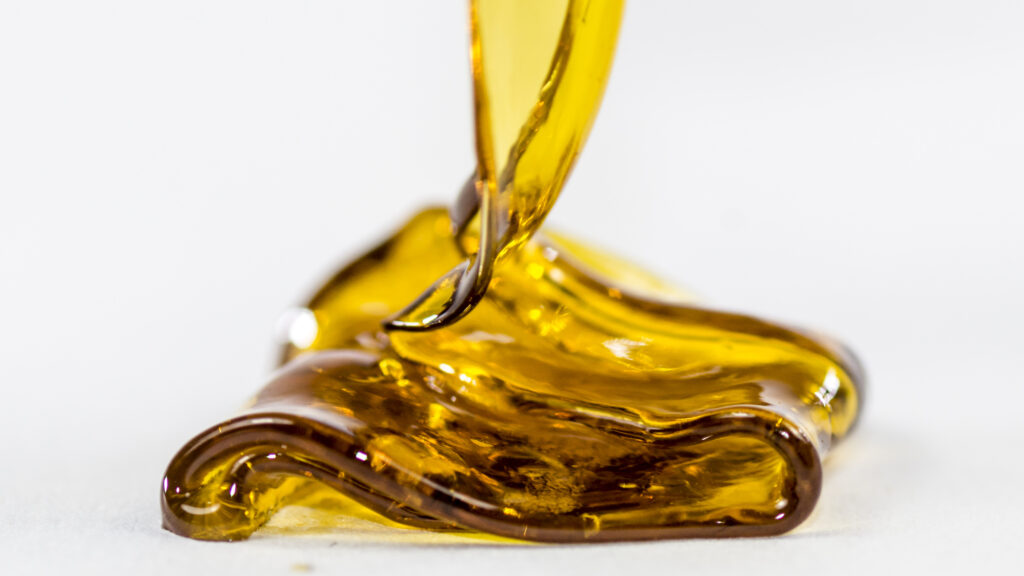
An Introduction to Rosin
Rosin is a solventless extract, a concentrate produced without the traditional means of solvent dissolution. So whereas traditional wax, shatter, and other concentrates are made with the help of a solvent like butane or ethanol to pull out the cannabinoids, rosin relies solely on mechanical separation (heat and pressure) to extract the compounds—no solvents required.
Rosin is very similar to the classic BHO concentrates you know and love. It has similar textures, and it can be dabbed or vaped much in the same way. The main difference is the extraction method. Connoisseurs are willing to pay a premium for rosin because they see it as a cleaner, chemical-free alternative to traditional concentrates.
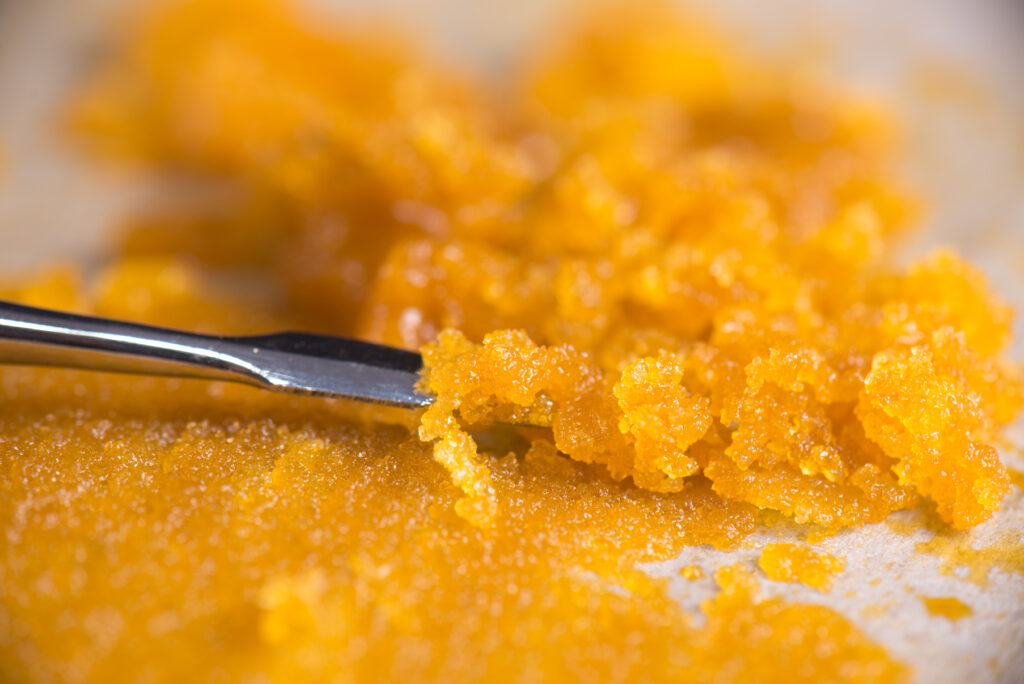
Extraction Methods
Distillate and rosin are produced in very different ways.
- THC distillate requires a crude extraction method (using a solvent to dissolve cannabis into a crude oil) whereas rosin is completely solventless.
Cannabis distillation requires extensive post-processing (more than most other concentrates) whereas rosin production requires no post-processing. - Rosin can be created using nothing more than a rosin press. Cannabis distillation requires an entire lab worth of equipment, including a closed-loop extraction system, recirculating chillers and heaters, vacuum ovens, and a rotary evaporator.
Distillate
Distillates are created through a process known as molecular distillation. The first step is solvent extraction. You would insert your cannabis material into a closed-loop system and let the solvent pass over it to create the crude oil. Once you collect your cannabis extract, the next step is to winterize it to eliminate the residual chlorophyll, fats, and lipids. The winterized concentrate is then distilled to further isolate the THC. Winterization is a multi-step process that involves submerging the concentrate in alcohol, freezing it, and filtering it to separate the unwanted cannabis plant matter from the desired compounds. The freezing process helps the fats and waxes to separate and become brittle.
After the winterization process is complete, the next step is decarboxylation. This is where the extract is heated to activate the THC and other cannabinoids. The heating process removes the carboxylic acid from the compounds, transforming the cannabinoids into a state that’s compatible with the body’s endocannabinoid system.
After decarboxylation, the final step is distillation. The terpenes and cannabinoids are separated and further refined through a combination of vacuum pressure, heat, and evaporation. What’s left is a nearly pure concentrate that’s ready for consumption.
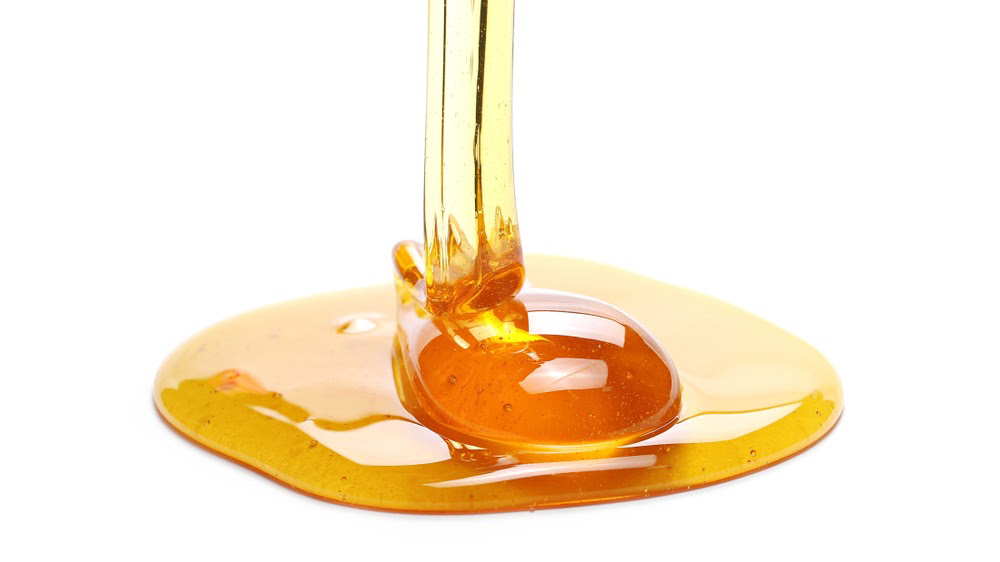
Rosin
The rosin production process is much simpler. The cannabis starting material (usually flower, sift, or hash) is generally placed on a rosin press between two aluminum or stainless-steel plates (FYI: Refer to our guide on How to Pick the Best Rosin Press for a list of reasons why you should always opt for aluminum). The plates are then heated and pressed together with several tons of force. The active compounds are squeezed out from between the plates and collected onto parchment paper.

Ideally, the rosin press plates should be heated to a temperature between 130°F and 220°F and then pressed for a period ranging between 45 seconds and 3 minutes. The exact time and temperature will vary depending on your starting material and the type of consistency you hope to achieve. For more information on finding the right temperature and pressure, refer to our comprehensive Guide to Making Hash Rosin.
There are different types of rosin that you can create:
- Flower rosin is any rosin that results from pressing cannabis flower.
- Sift rosin is any rosin that results from pressing dry sift or kief.
- Hash rosin is any rosin that results from pressing ice water hash (bubble hash).
- Solventless shatter is any rosin that has a shatter-like consistency (this generally occurs when rosin is pressed at a high temperature).
- Live rosin is any rosin that results from pressing fresh-frozen cannabis. This shouldn’t be confused with live resin; the live resin process is similar but involves processing live cannabis flower via solvent extraction. Creating live resin involves equipment similar to BHO, but the cannabis is flash-frozen.
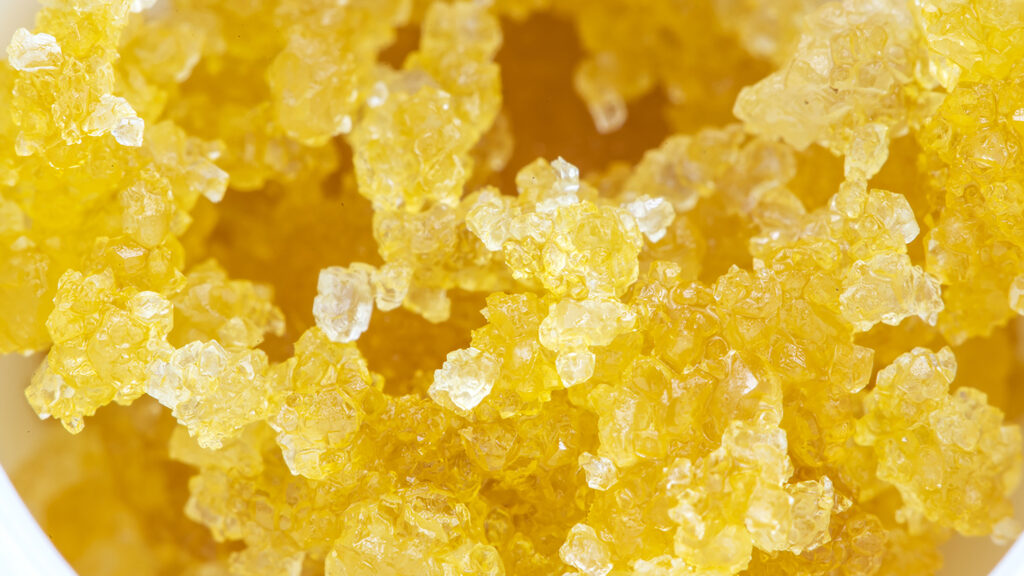
Starting Materials
Cannabis distillates are commonly made with lower-quality flower, trim, and leftover biomass. Because distillation isn’t concerned with a plant’s terpene profile, extractors can produce a high-quality byproduct even with a lower-quality plant material. The same cannot be said for rosin.
To achieve a high-quality rosin, you must have a high-quality starting material. That’s why it’s generally recommended that extractors rely on trichome-rich strains with excellent breeding. Certain strains are known for being particularly resinous and therefore conducive to rosin-making.
The most highly recommended strains for rosin pressing include Chemdawg, Gorilla Glue, Papaya, OG Kush, and Tropicana Cookies. Just note, however, that even premium strains can vary substantially in quality from one batch to the next, so it’s important to pay attention to the quality of the batch you’re extracting.
If you can use hash (as opposed to flower) as your extraction starting material, that’s even better. What you put in is what you get out.
Distillate vs. Rosin – Consumption Methods
Another major difference between rosin and distillate is the consumption method.
Rosin is a complete extract that functions much like shatter, crumble, or wax. It’s generally suitable for dabbing or vaping, and in some cases it may be added to a bowl or joint or added to edibles.
Distillates are pure THC extracts that are most commonly added to products like vape oils and edibles. The most common way to ingest distillate is to vaporize it and inhale the vapors. Because the extract is so thick, you need a vaporizer or dab rig capable of high temperatures (preferably north of 400°F). Distillate edibles also work well because you can enjoy the high without having to endure the taste of plant matter.
In some cases, distillates can be taken sublingually (under the tongue, like tinctures), but you have to watch your dosage carefully due to the sky-high potency. Rosin products can reach THC levels as high as 80% (some ultra-pure hash rosins have been measured around 90%, but this is rare), but a distillate product can have a THC concentration as high as 99%. Whereas rosin tends to be a full-spectrum product, distillate is an isolate product (pure THC, as opposed to containing a full spectrum of cannabinoids and terpenes).
Production Cost
If you’re looking to produce cannabis concentrates at a professional level, the differences between rosin and distillates become especially apparent. To make distillate, you’ll generally need more than $1 million worth of lab equipment, including a closed-loop extraction vessel, reactors, filters, temperature control equipment, holding vessels, a solvent recovery system, and a distillation system.
With rosin production, it’s possible to get up and running with just a single rosin press. Even a premium-grade, 8-ton pneumatic rosin press like the Longs Peak can be purchased for under $8,000, and an entire solventless lab can be built for under $100,000 in some cases. Even when you add in additional equipment like hash washing systems, freeze dryers, and trichome separators, the required capital is still far less than you’d pay for a distillation lab.
And then there’s the ROI. Because rosin can be produced in much larger quantities, in much less time, and at a much lower cost, there is generally much greater profit potential in both the short and long term.
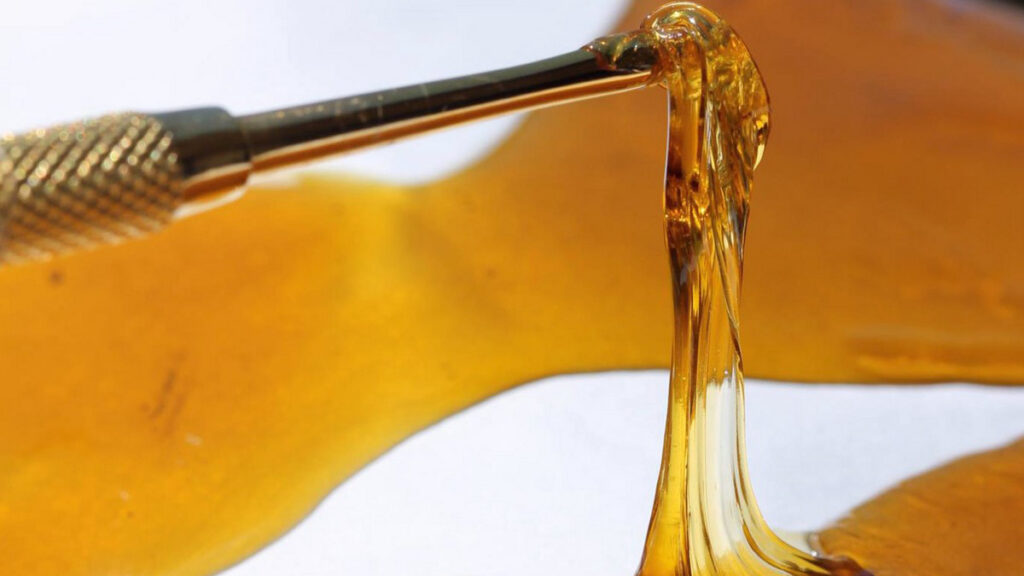
Which Is Better?
Distillate and rosin both have their merits. Distillate is as pure as it gets, offers unrivaled potency, and is infinitely versatile thanks to its odorless and flavorless composition. Rosin, on the other hand, is safe, clean, and cost-effective to produce, and it’s capable of mimicking most traditional cannabis extracts without the need for chemical solvents.
Whether you’re a cannabis consumer or processor, choosing between rosin and distillate is all about determining your needs and priorities. No matter which one you go with, you’re guaranteed to get a one-of-a-kind extract that doesn’t disappoint.
